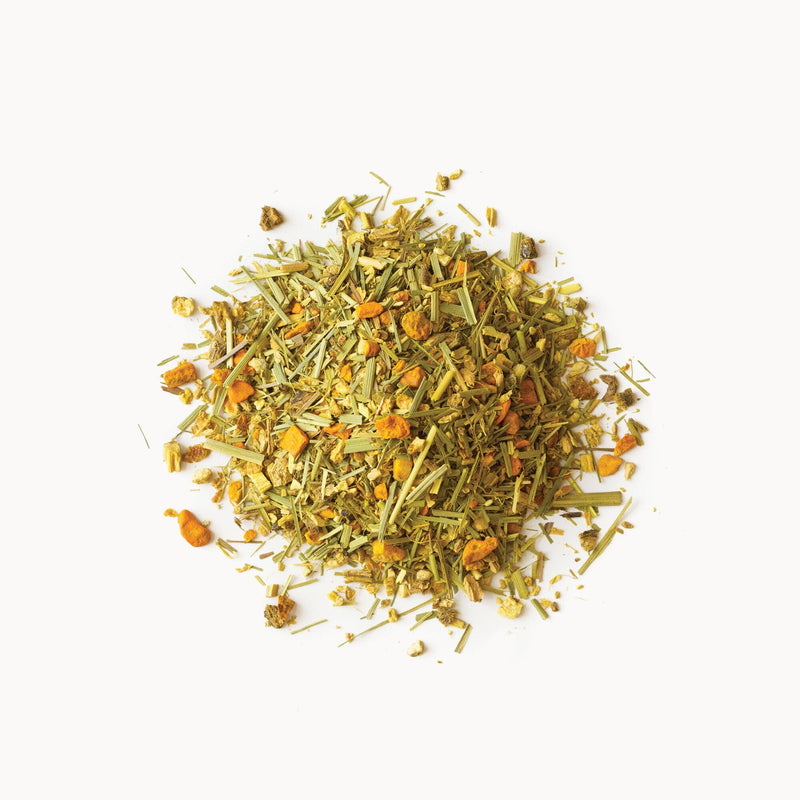Shincha, Sencha or Ichibancha?
Although the terms shincha, sencha and ichibancha are closely related and often used interchangeably, they each carry a distinct meaning.
Shincha (新茶) refers to the very first tea of the season, enjoyed immediately after harvest without any extended aging or resting. It’s celebrated for its vibrant freshness, grassy sweetness and umami character. Only available for a limited time in spring, it’s one of the most anticipated seasonal teas in Japan.
Ichibancha (一番茶) translates to “first-flush tea.” It refers more broadly to the first harvest of the year, which typically occurs from late March through early May, depending on the region. All shincha is ichibancha, but not all ichibancha is released as shincha—much of it is reserved, rested and processed into sencha.
Sencha (煎茶) is the most common style of Japanese green tea and can be made from first-, second- or even third-flush harvests. Sencha made from ichibancha tends to have a fuller flavor and richer aroma, while later harvests may be lighter and more astringent. Often matured slightly after harvest to balance the flavor, sencha is available throughout the year.
In short:
- Shincha = an ultra-fresh, seasonal expression of the first flush
- Ichibancha = all first-flush harvests
- Sencha = an everyday tea made from various flushes, including ichibancha
Each category is a distinct expression of Japan’s green tea tradition, showcasing the nuance, diversity and beauty of Japanese tea.

 Fall Teas
Fall Teas




























































